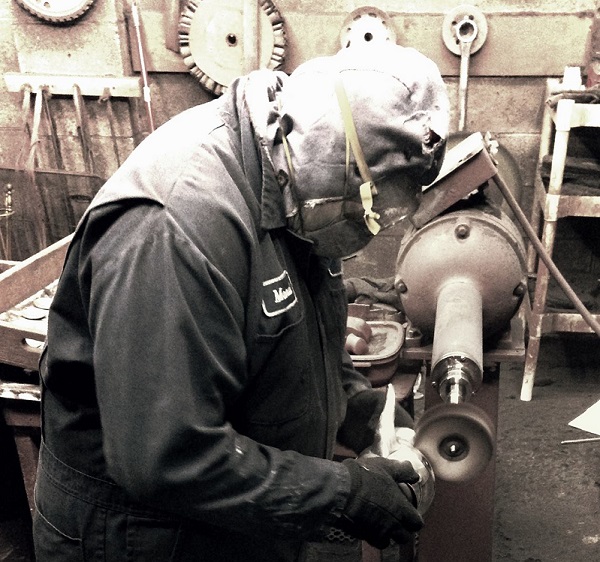Whether your metal furniture and decor are rusted or have metal artwork that could use a facelift, professional metal refinishing is the answer. When you bring a metal object to the restoration experts, they will start by blasting it with tiny pieces of abrasive material to remove rust and other impurities. This process also removes old paint and dirt.
The Process
The process of professional metal refinishing NYC involves the application of coatings to a metal object. These coatings protect the metal from damage, increase its longevity, and make it look more attractive. The layers you choose will depend on the type of metal and the specific finishing method you want to use. There are several types of coatings, including powder coating, liquid coating, and electro-coating. In addition to improving the appearance of your metal, finishing will also reduce wear on your product. It will maximize the metal’s strength, electrical conductivity, durability, chemical resistance, and vulcanization. If you have a metal product that requires refinishing, you will want to find a reputable company that offers this service. The right company will help you determine the best method for your needs and deliver a high-quality final product.
Preparation
Before any coating can be applied to a metal surface, it must be thoroughly cleaned and adequately prepared. This includes removing any old paint, mill scale, rust, and other contaminants from the surface to ensure proper adhesion of the new coating. Many industry-wide standards for surface preparation have been developed to create a clean and contaminant-free surface. This allows the coating to adhere to the surface and creates a protective layer between the substrate and the new coating. This can be accomplished by either chemical or mechanical methods, depending on the type of coating desired. The first method involves a variety of chemical solvents that remove oils, dirt, previous layers, and loose rust from steel surfaces. This method requires a well-ventilated area and repeated application of the solvents.
The Work
Professional metal refinishing uses various techniques to improve the look of a stove or other metal object. For example, it can involve electroplating new ions into an aged surface or using offensive materials to scrape off impurities and old paint and restore shine. One of the essential components of professional metal refinishing is polishing. It refines and evens a non-uniform metal surface to prepare it for plating. It also creates a more appealing finish to the eye than the rough, matte appearance of many unfinished surfaces. Besides the fact that polished metal is cleaner and shinier, it can also be more durable than unfinished metals. This is particularly true for commercial or industrial applications that require clean surfaces that are not corrosion-prone. For instance, a polished metal workbench in a lab or restaurant will be easier to keep clean and germ-free than a filthy and dull surface. Having this type of metal polished by a professional is the most thoughtful way to ensure a long lifespan for your valuable metal assets.
Post-Process
Professionally refinished metal looks much more attractive than unfinished metal. This makes it an ideal choice for new construction and businesses that use metals in their products. Post-processing involves a range of treatments and finishes to maximize visual appeal and minimize material optimization. These techniques include rough treatment, removal of supports, and surface finishing. Several methods are used to perform these processes, including blasting (with sand, steel shot, grit, or glass beads), CNC machining, and wire EDM. The abrasive used depends on the hardness and appearance of the metal. Heat treatments can also be effectuated on the piece to relieve stresses accumulated in the metal and increase hardness and flexibility. These techniques can improve mechanical properties and enhance dimensional accuracy but can impact tolerances. Before any heat treatment can be effected, parts must be removed from their support structures and stress relieved to avoid tearing.
















